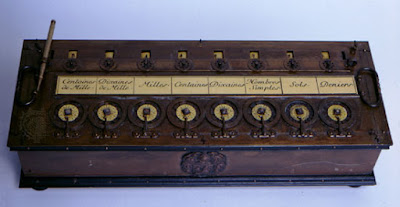Human resource management.
-Armstrong's handbook of human resource."Human resource management is the management of human resources. It is designed to maximize employee performance in service of an employer's strategic objectives."

Performance drivers
Anything that could materially affect either a company's earnings or the price of its stock. Every company will have its own unique drivers, although some of the most common drivers include:
-The release of a new product or service
-New financing
-Commodity or resource prices
-Activities of competitors
-Prospects of a particular division of a company
-Legislation
-Litigation
Anything that could materially affect either a company's earnings or the price of its stock. Every company will have its own unique drivers, although some of the most common drivers include:
-The release of a new product or service
-New financing
-Commodity or resource prices
-Activities of competitors
-Prospects of a particular division of a company
-Legislation
-Litigation
6 keys qualities of an HR manager
Manager:
1. Organization
2. Ethics
3. Problems solving
4. Leadership
5. Communication
6. Expertise
1. Organization
2. Ethics
3. Problems solving
4. Leadership
5. Communication
6. Expertise





